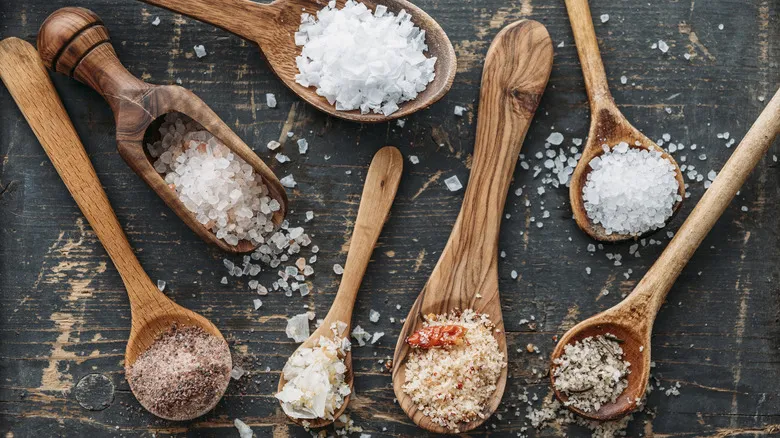Table salt is great for most applications
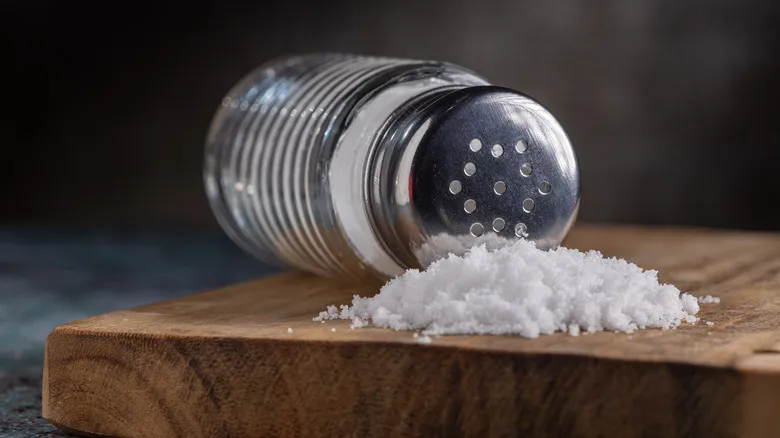
The salt you see in those elegant glass shakers at restaurants and cafés is likely table salt. Chances are, the one in your kitchen is the same variety. Table salt is created by using high-pressure water to blast underground salt deposits, turning them into brine. This brine is then brought to the surface through a pipe and processed in a factory where it is dried. After undergoing several additional processing steps, the end product is tiny, compact salt crystals that, when viewed under a microscope, resemble perfect little cubes.
Thanks to its density, table salt packs a strong flavor punch, so it's wise to use it sparingly when seasoning your dishes. Its density also means it dissolves more slowly, making it perfect for baking, as you can whisk it into the dough for even distribution. For recipes that require only a small amount of salt (like just a teaspoon to enhance flavor), table salt can be a cost-effective substitute for pricier varieties.
Since the 1920s, most table salt has been enriched with iodine to help prevent thyroid issues. Some individuals choose to avoid it for this reason, claiming it imparts a metallic or bitter taste to their meals. However, you would need exceptionally sensitive taste buds to notice these added chemicals, so there's no need to be overly concerned—feel free to shake away!
Sea salt for extra flavor

Sea salt, as the name implies, is sourced directly from the ocean. Large pools of seawater are left to evaporate under the sun, and once the water is gone, salt flakes form at the bottom, ready for collection. Unlike table salt, sea salt undergoes minimal processing, allowing it to retain trace minerals such as magnesium and calcium. These minerals contribute to a rich flavor profile that distinguishes sea salt from other varieties, offering an earthy, briny undertone alongside its salty taste. This unique flavor makes it an ideal finishing salt; for example, a sprinkle on a steak enhances the smoky char with an additional layer of taste.
The characteristics of sea salts can vary based on their origin and production methods. For instance, Maldon salt features crunchy, pyramid-shaped flakes that add texture to dishes. In contrast, fleur de sel consists of smaller, more delicate granules that may lack crunch but deliver a sublime briny flavor that lingers on the palate, thanks to the moisture retained in the salt crystals.
Due to its higher cost, many people reserve sea salt for finishing dishes. However, more affordable options like sel gris can serve as versatile all-purpose salts, offering superior flavor and appeal compared to regular table salt.
Kosher salt for everything

While table salt is the most widely used, if you can only select one type of salt for your pantry, go for kosher salt. Think of it as a versatile tool in your culinary arsenal. Whether you're cooking, seasoning, canning, pickling, or curing, kosher salt is up to the task.
Kosher salt granules are notably larger and coarser than those of other salts, and they contain no added iodine. This unique texture is rooted in Jewish tradition; the term "koshering" refers to the method of salting red meat to extract blood before cooking, in accordance with Jewish dietary laws that forbid the consumption of blood. The larger crystals of kosher salt enable it to absorb more moisture.
For contemporary home cooks, its chunky texture makes it the ideal choice for cooking (which is why Ina Garten is such a fan). The sizable grains allow for easier handling and sprinkling, giving you greater control over your seasoning. Additionally, since it’s less dense than table salt, you’re less likely to accidentally oversalt your dishes. Best of all, kosher salt is quite affordable, so if you haven't made the switch yet, now is the perfect time to stock up. Changing from table salt to kosher may seem like a minor adjustment, but it can significantly enhance your cooking.
Recommended
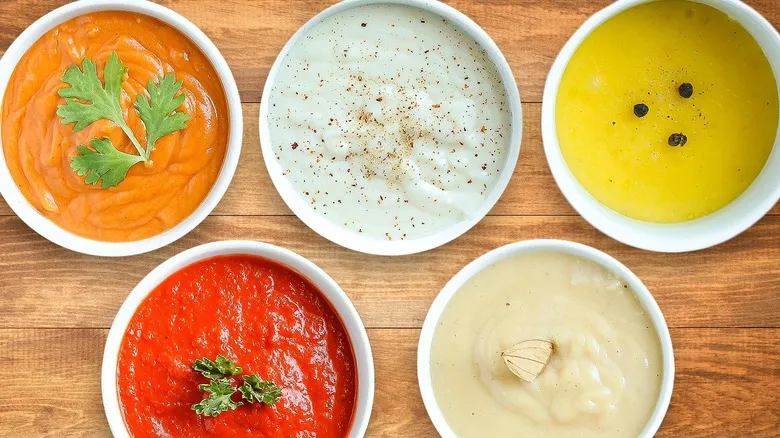
Your Complete Guide To The Five Mother Sauces
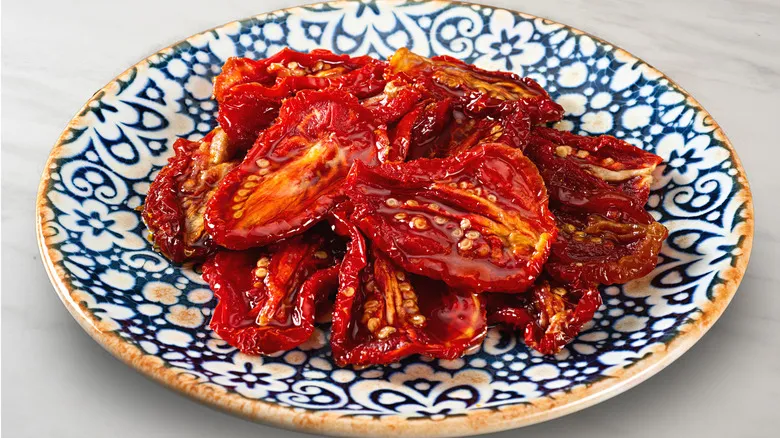
Air Fryer 'Sun-Dried' Tomatoes Will Bring The Taste Of Italy To Your Kitchen
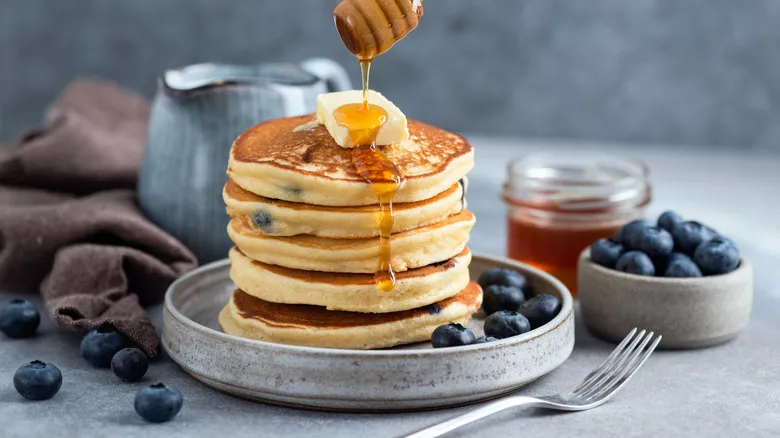
The Buttermilk Substitute That Makes Pancakes Even Tastier
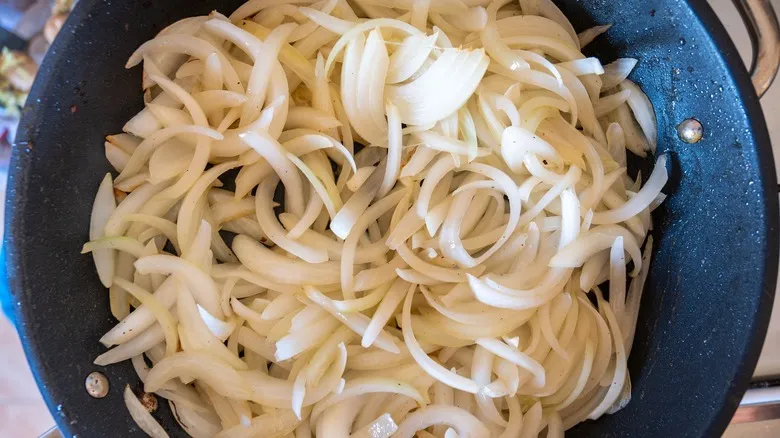
The Best Pan For Caramelizing Onions
Next up

